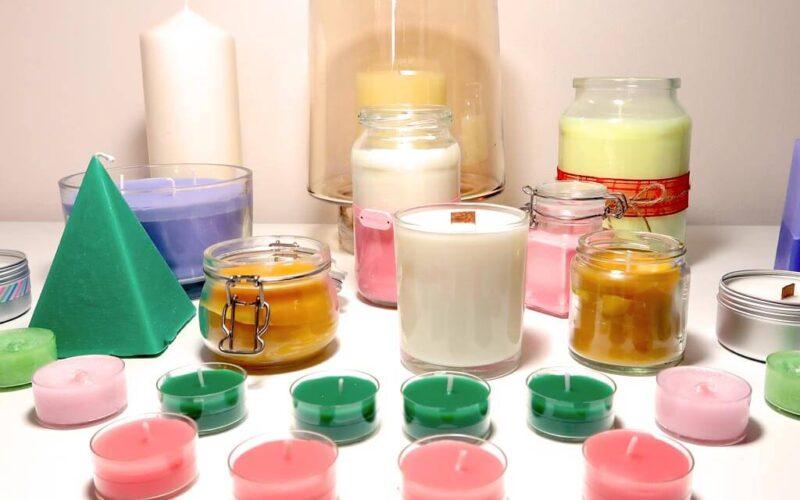
March 14, 2023
Candles have been valued for their aesthetic and symbolic value as well as their utility as a source of light and comfort for a significant amount of time. However, what a lot of people don’t understand is that the wick of a candle plays a significant part in how well the candle performs and how well it is made overall. Candle filaments can be crafted from a variety of materials, each of which possesses a set of characteristics and advantages that are distinct from the others. In this piece, we’ll take a look at some of the more common types of materials that are used to create candle wicks, as well as what sets each of those materials apart.
Cotton Wicks
Cotton is perhaps the most commonly used material for making candle wicks. This is because it is readily available, affordable, and easy to work with. Cotton wicks are known for their clean burn and consistent flame, which makes them a popular choice among candle makers. One of the advantages of cotton wicks is that they are highly absorbent, which means that they can hold a lot of wax and release it evenly as the candle burns. This helps to ensure that the candle burns evenly and doesn’t tunnel or create a lot of soot.Hemp Wicks
Hemp is a natural fibre that is becoming increasingly popular as a material for candle wicks. Hemp wicks are known for their long burn time and clean, slow burn. They also have a low smoke output, which makes them a great choice for people with allergies or respiratory issues. One of the unique properties of hemp wicks is that they have a slightly rough texture, which helps to promote a consistent flame. They are also highly absorbent, like cotton wicks, and can hold a lot of wax without clogging or becoming too saturated.Paper Wicks
Paper wicks are a relative innovation in the world of candle-making. They are made from compressed paper fibres that have been treated with a special coating to make them heat-resistant and slow-burning. One of the advantages of paper wicks is that they are very easy to work with. They’re malleable enough to be shaped however you like, and they don’t require any special treatment or priming before use. Paper wicks are also known for their clean burn and low soot output. They are a great choice for people who are looking for a sustainable, eco-friendly option, as they are made from recycled materials and can be composted after use.Wooden Wicks
Wooden wicks are a unique and visually striking option for candle-makers. They are made from thin strips of wood that have been treated to make them heat-resistant and slow-burning. One of the advantages of wooden wicks is that they create a distinctive crackling sound as they burn, which adds to the ambience of the candle. They also have a long burn time and can be used in large candles or outdoor torches. However, wooden wicks do require a bit more maintenance than other types of wicks. They need to be trimmed regularly to ensure that they burn evenly and don’t create a lot of soot or smoke. They also require a special kind of wax that is formulated to work with wooden wicks.Metal Wicks
Metal wicks are a less common option for candle-makers, but they can be very effective in certain types of candles. They are made from a thin metal wire that has been coated with a heat-resistant material. One of the advantages of metal wicks is that they are very durable and can withstand high temperatures. They are often used in candles that are designed to burn for a long time, such as pillar candles or votives. Metal wicks come in a variety of shapes and sizes, so it’s important to choose the right one for your candle based on the diameter of the container and the desired burn time. One thing to keep in mind when using metal wicks is that they can become very hot during use, so it’s important to use caution and keep them away from flammable materials.Related Items: candle wicks





